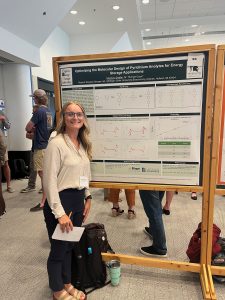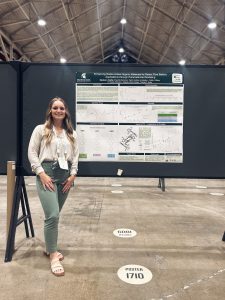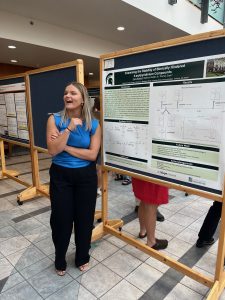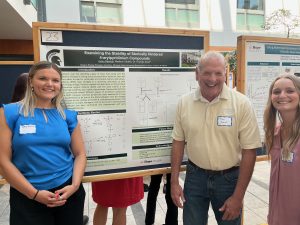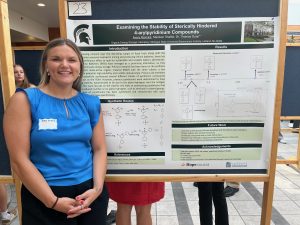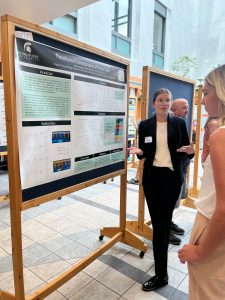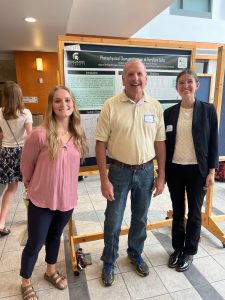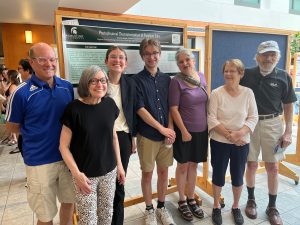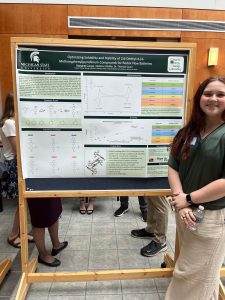This lab has a history of keeping summer interns around through the year and then the next summer they prove invaluable by serving as mentors to the new interns. Madison Shaffer did this for us and she has proven to be one of the best! We are so happy she stuck around! If you ask any of the summer 2023 interns about Madison they will tell you she is the best lab mate to have, and if you ask any of the summer 2024 interns about Madison they will tell you they couldn’t have survived the summer without her!
She has made countless contributions and she will continue to help us out. Madison started full-time at Jolt Energy Storage this September. We were not going to let her go, so she agreed to transfer over to Jolt. Congratulations Madison! Here’s to a bright future!
